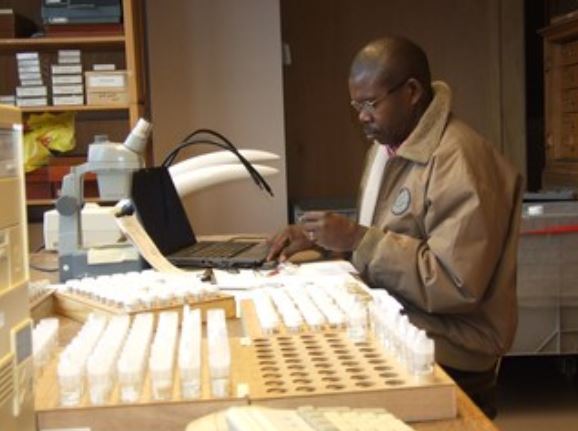
Habitat fragmentation, pattern of diversity and phylogeography of small mammals in the Albertine Rift
Internship details
2010
Royal Belgian Institute of Natural Sciences
Dr. Verheyen Erik
Animalia – Chordata – Mammalia – Rodentia – Muridae – Praomys
The impacts of fragmentation include habitat loss and increased isolation with many biological effects. The Albertine Rift habitats have two main features: high biodiversity and levels of endemism, and dramatic threat to biodiversity due to high human population densities and pressure on resources. Mr. Kaleme’s research will explore the relationship between these mountain fragments within the Albertine Rift and the small mammal distribution as well as the geographic distribution of genetic variation associated with morphological forms.
To achieve these goals, species from the genus Praomys will be used because of the current uncertainties in its taxonomy (believed to be species complexes). The molecular data held by Mr. Kaleme have shown the same pattern as the data generated by Dr. Verheyen’s team for western DRC and east Africa (Kenya and Tanzania). This explains the need for a combined molecular dataset which will be used in association with morphometrics data. By combining the respective data sets, complete geographic coverage stretching from the western side of the DRC to the eastern side of Africa, approximately 3,000 km, will be obtained.
The project has two primary objectives: to assess the taxonomic status of Praomys individuals in Central – East Africa and to clarify the taxonomic relationships at population/species interface within Praomys.